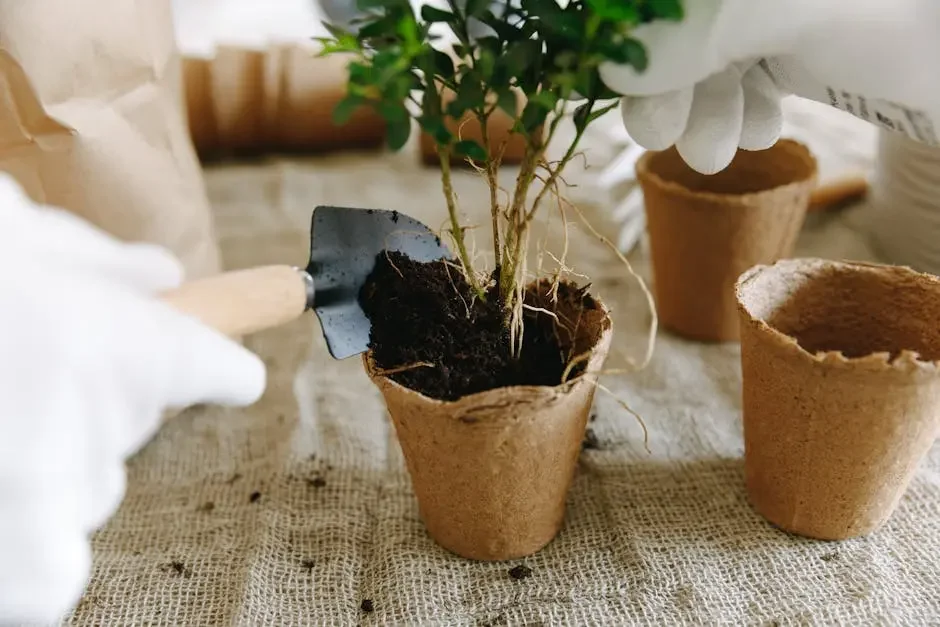Eco-Friendly Drainage Practices for Sustainable Dallas Gardens
Gardening in Dallas can be both rewarding and challenging, particularly when it comes to managing drainage in a sustainable way. This blog explores eco-friendly drainage practices to help you create beautiful and sustainable gardens in the Dallas area, all while conserving water and promoting environmental health.
Understanding the Importance of Drainage
Good drainage is essential to prevent waterlogging, which can damage plants and soil. In Dallas, where heavy rains can be sudden and intense, effective drainage ensures that excess water is efficiently directed away from plant roots.
Without proper drainage, water can accumulate near the roots, leading to root rot and suffocation of the plant. This not only affects plant growth but can also negatively impact the biodiversity of your garden. Ensuring good drainage allows roots to access oxygen and nutrients without the stress of excess moisture. Furthermore, it helps maintain the structural integrity of your garden's soil, preventing erosion and compaction.
Assessing Your Garden’s Drainage Needs
Before implementing any drainage solutions, it’s important to understand the specific needs of your garden. Consider soil type, garden layout, and any existing drainage issues to tailor solutions effectively.
Start by observing your garden at different times during and after rainfall. Note areas where water pools or drains quickly. If you have clay soil, which is common in Dallas, it retains water longer and may require more aggressive drainage solutions than sandy soil. Understanding these nuances allows for strategic planning and helps avoid costly mistakes down the road.
Using tools like a soil moisture meter can give you a more precise understanding of how your garden handles water. By measuring soil moisture levels at various spots around your garden, you can pinpoint problem areas and address them directly. Visual inspection combined with these tools can provide a clear picture of your garden’s drainage capabilities and needs.
Incorporating Rain Gardens
Rain gardens are an excellent way to manage stormwater naturally. These shallow depressions planted with native vegetation help absorb and filter rainwater, reducing runoff and improving the water quality of your garden.
Native plants are especially beneficial in rain gardens as they are adapted to the local climate and require less maintenance. These plants also excel at absorbing excess water due to their deep root systems which improve soil aeration. Additionally, rain gardens can be a beautiful addition to your landscape, supporting local wildlife such as birds and butterflies.
When designing your rain garden, consider placing it where water tends to accumulate naturally. This optimizes the garden’s ability to manage runoff. Remember, rain gardens are not just functional but also enhance the aesthetic appeal of your garden, creating a vibrant and lively ecosystem.
Utilizing Permeable Surfaces
Replacing traditional paving with permeable surfaces allows water to percolate through the ground rather than run off. Gravel paths, permeable pavers, and mulch can be used to enhance drainage while maintaining aesthetic appeal.
Permeable surfaces are particularly important in urban areas where concrete and asphalt are prevalent, leading to a higher risk of flooding during heavy rainfalls. By introducing permeable materials like gravel or permeable pavers, you allow water to seep into the ground, replenishing groundwater tables while reducing surface runoff.
Mulching is another method that serves dual purposes: it conserves soil moisture while allowing water to pass through to the earth below. Mulch also provides nutrients to the soil as it decomposes, fostering healthier plants and boosting the vibrancy of your garden. Opt for organic mulch like bark or wood chips for the best results.
Creating Bioswales for Natural Water Management
Bioswales are vegetated channels that filter stormwater, directing it slowly into the ground. By integrating bioswales into your garden design, you can reduce erosion and support local wildlife.
These structures are not only functional but also mirror the natural beauty of streams, providing a habitat for local fauna. By selecting native plants that thrive in wet conditions, you create a beneficial microhabitat that supports biodiversity while tackling the challenges of urban runoff.
As you construct your bioswale, ensure there is a gentle slope to guide water flow, and include a mix of deep-rooted plants to stabilize soil and improve filtration. Bioswales can be a focal point in your garden, drawing attention to sustainable landscaping practices while showcasing your commitment to environmental stewardship.
Embrace Sustainable Gardening with Effective Drainage
Implementing eco-friendly drainage practices in your Dallas garden not only helps in conserving water but also enriches your garden’s ecosystem. With these sustainable practices, you can enjoy a beautiful garden that thrives even in the Texas heat, while contributing positively to the environment.

